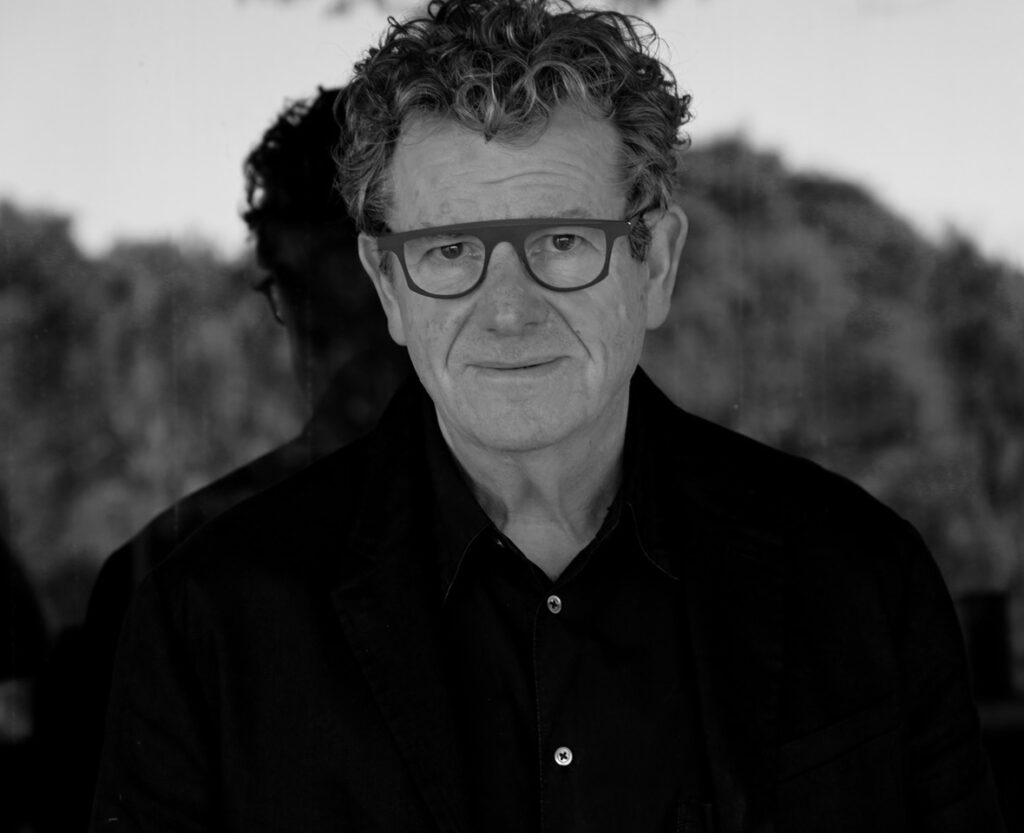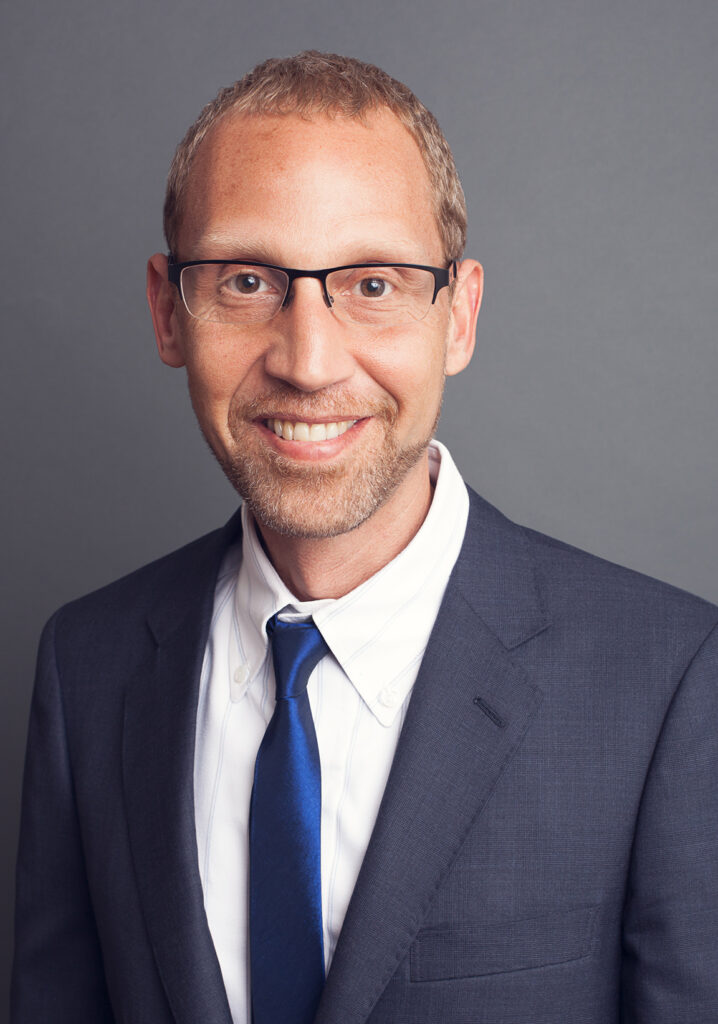This list will be updated as we receive donations.

- This event has passed.
Anxiety, Identity, and the Therapy Relationship: Intersubjective Approaches to Resistance to Change
Presented by: Jane Rubin, PhD [Study Group] [8-Days]

Eight sessions, the third Friday of the month: Oct. 18, Nov 15, Dec 20, 2024 | Jan 17, Feb 21, Mar 21, Apr 18, May 16, 2025 | 12:30 – 2:30 pm
NARRATIVE:
It’s a truism in therapy, and in our culture in general, that change is difficult. Some kinds of change are more difficult than others, however. One of the most difficult, if not the most difficult, kinds of personal change is one that involves a fundamental shift in an individual’s sense of identity.
One sign of the difficulty of this kind of change is the catastrophic anxiety that often accompanies. Loss of relationships, natural disasters, life-threatening illnesses, and many other predictions of doom can be signs that an individual is on the precipice of making deep changes in their understanding of who they are.
Popular recommendations for dealing with catastrophic anxiety leave it up to the individual. A random web search produces recommendations such as “Catastrophic thoughts are more likely to take over when experiencing fatigue or stress. Getting enough rest and engaging in stress-relieving techniques, such as exercise, meditation, and journaling, can all help a person feel better.”
There’s nothing wrong with these recommendations. However, from the point of view of intersubjectivity theory, they leave out the most important thing–the relational context in which catastrophic anxieties arise. Past and present relationships and, most crucially, our patients’ relationships with us, are critical in determining whether our patients overcome their catastrophic fears or are undone by them.
In this course, we’ll examine intersubjective approaches to understanding and treating fear of the kind of change that involves questions like: Who will I be if I’m not the person my significant others seem to need me to be? Will I destroy my relationships with my significant others if I become the person I want and need to be? How do I know who I want to be?
Topics will include: 1) Robert Stolorow’s concept of existential anxiety; 2) Steven Stern’s concept of psychic homelessness; 3) Leonard Shengold’s ideas about the relationship between change and loss and 4) Bernard Brandchaft’s concept of the dread not to repeat.
LEARNING OBJECTIVES
Upon completion of this workshop, participants should be able to:
- Understand the difference between catastrophic anxiety and other forms of anxiety.
- Identify four signs that a patient is experiencing catastrophic anxiety.
- Describe at least four ways catastrophic anxiety can manifest itself in the relationship between patient and therapist.
- Describe how to work in the transference to reduce catastrophic anxiety.
- Describe the relationship between catastrophic anxiety and anxious attachment.
- Describe the relationship between catastrophic anxiety and disorganized attachment.
The seminar will include discussion of readings, followed by case presentations by the participants. The case presentations are intended to help participants effectively translate the ideas in the readings from theory to practice. Participants should develop greater facility in recognizing, and helping patients to find relief from, catastrophic anxiety.
COURSE OUTLINE:
12:30-1:15 pm
Instructor will provide an in-depth analysis of a core concept in intersubjectivity theory’s understanding of catastrophic anxiety. Each class will focus on one of the following concepts:
-
- Defining catastrophic anxiety.
- The relationship between existential anxiety and catastrophic anxiety.
- How psychic homelessness contributes to catastrophic anxiety.
- How major losses contribute to catastrophic anxiety.
- The relationship between pathological accommodation and catastrophic anxiety.
- How to recognize the signs that a patient is experiencing catastrophic anxiety.
- How to recognize transference manifestations of catastrophic anxiety.
- How to work in the transference to reduce catastrophic anxiety.
1:15-2:30 pm
A participant will present a case and the class will discuss the case with the aim of integrating the theoretical concepts discussed in the first part of the class with actual clinical material.
CONTENT CURRICULUM
Students in doctoral programs in psychology are usually introduced to basic psychoanalytic and psychodynamic concepts. They rarely receive any exposure to intersubjectivity theory and other contemporary psychoanalytic theories, or to the many ideas about the treatment process intersubjectivity theory proposes. This course builds upon students’ doctoral level familiarity with basic psychoanalytic concepts to introduce them to more contemporary ways of thinking and practicing.
Many clinical psychologists struggle with how to successfully help patients who are struggling with overwhelming, seemingly irrational, anxieties. Sometimes they blame their patients for not getting better. Other times, they blame themselves for being ineffective. This content is specifically designed to give therapists more conceptual tools, and practice in applying them, so they can successfully treat patients who suffer from catastrophic anxieties.
The content for this course is intermediate. It assumes that participants have had some postgraduate clinical experience and that they have a basic familiarity with psychoanalytic ideas such as transference.
I don’t believe that there are risks to this material if people understand it well. One of the main objectives of contemporary psychoanalytic practice is not to injure our patients. One of the main objectives of this course is to help therapists work effectively so that their patients are able to achieve their goals without being retraumatized by their therapy.
The limitations are that no one should ever rely on one group of theories in their work. There is nothing in contemporary psychoanalysis that precludes the use of CBT, DBT, or any other non-psychoanalytic technique when that technique will be useful to the patient. The entire emphasis of contemporary psychoanalysis—and, especially, of intersubjectivity theory—is that each patient and therapist bring his or her entire self into the treatment. This includes individual, cultural, and role differences. A major focus of this course is understanding how these differences play a role in the treatment, and how understanding how best to work with them can enrich the therapeutic process.
BIO:
Jane Rubin, PhD, PhD, PsyD, received her PhD in philosophy from UC Berkeley and her PhD in clinical psychology from the Wright Institute. She did her psychoanalytic training at the Institute of Contemporary Psychoanalysis in Los Angeles. She is in private practice in Berkeley.
COST:
Non Members:
$400 early registration, up to 10 days prior to first session, $480 after
CIP Members:
$320 early registration, up to 10 days prior to first session, $400 after
CEs: 16 CEs for LMFTs & LCSWs and 16 CEs for Psychologists. Certificates issued after completion of the 8 sessions.
The Community Institute for Psychotherapy is approved by the American Psychological Association to sponsor continuing education for psychologists. The Community Institute for Psychotherapy maintains responsibility for these programs and their contents.
Accommodations will be made wherever possible for those with disabilities. Please let us know of any disabilities upon registration to ensure proper accommodations are put in place prior to the workshop/training.
Cancellations must be received in writing 10 business days prior to the seminar, class, or first study group session for a refund minus a $25 cancellation fee. Cancellations less than ten days will not be refunded.
Grievance Procedure: CIP will respond to complaints in a reasonable, ethical and timely manner, when submitted by program attendees in writing to the Chair of CIP’s Professional Development Committee.
Anti-Discrimination Policy: CIP shall not discriminate against any individual or group with respect to any service, program or activity based on gender, race, creed, national origin, sexual orientation, religion, age or other prohibited basis. CIP does not require attendees to adhere to any particular religion or creed in order to participate in training. CIP will not promote or advocate for a single modality of treatment that is discriminatory or likely to harm clients based on current accepted standards or practice.
*There is no conflict of interest or commercial support related to this CE program.












